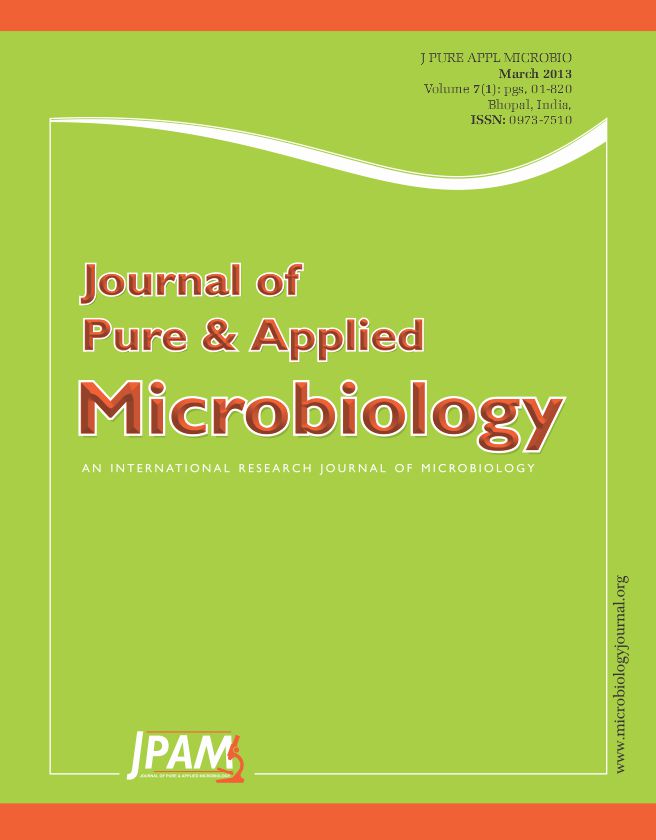For long time infertility was one of the most sequels in medical science. Microbial agents are one of its causes. Possible etiologic role of Chlamydia trachomatis in infertility has been suggested for years ago but it has not been approved completely yet. This study was a case-control type of investigation done over 150 infertile women without physiological deficiency for infertility and control group was 200 fertile safe and impregnated women. The presences of Chlamydia trachomatis in two groups examined by direct, indirect immunofluorescence tests and PCR. Chlamydia trachomatis was detected by direct immunofluorescence method in 23(15.3%) of infertile women compare with 7(3.5%) of control population. Using indirect immunofluorescence tests a positive test titer of 1:16 and above was detected in 34(22.6%) of infertile cases and in 9(4.5%) of control group. Chlamydia trachomatis was detected by PCR method in 48(32%) of infertile women compare with 13(8.7%) of control population. Thus, the results of our study suggest that there is a significant association between C. trachomatis infections and female infertility.
Chlamydia trachomatis, Infertility, Women, Iran
© The Author(s) 2014. Open Access. This article is distributed under the terms of the Creative Commons Attribution 4.0 International License which permits unrestricted use, sharing, distribution, and reproduction in any medium, provided you give appropriate credit to the original author(s) and the source, provide a link to the Creative Commons license, and indicate if changes were made.


